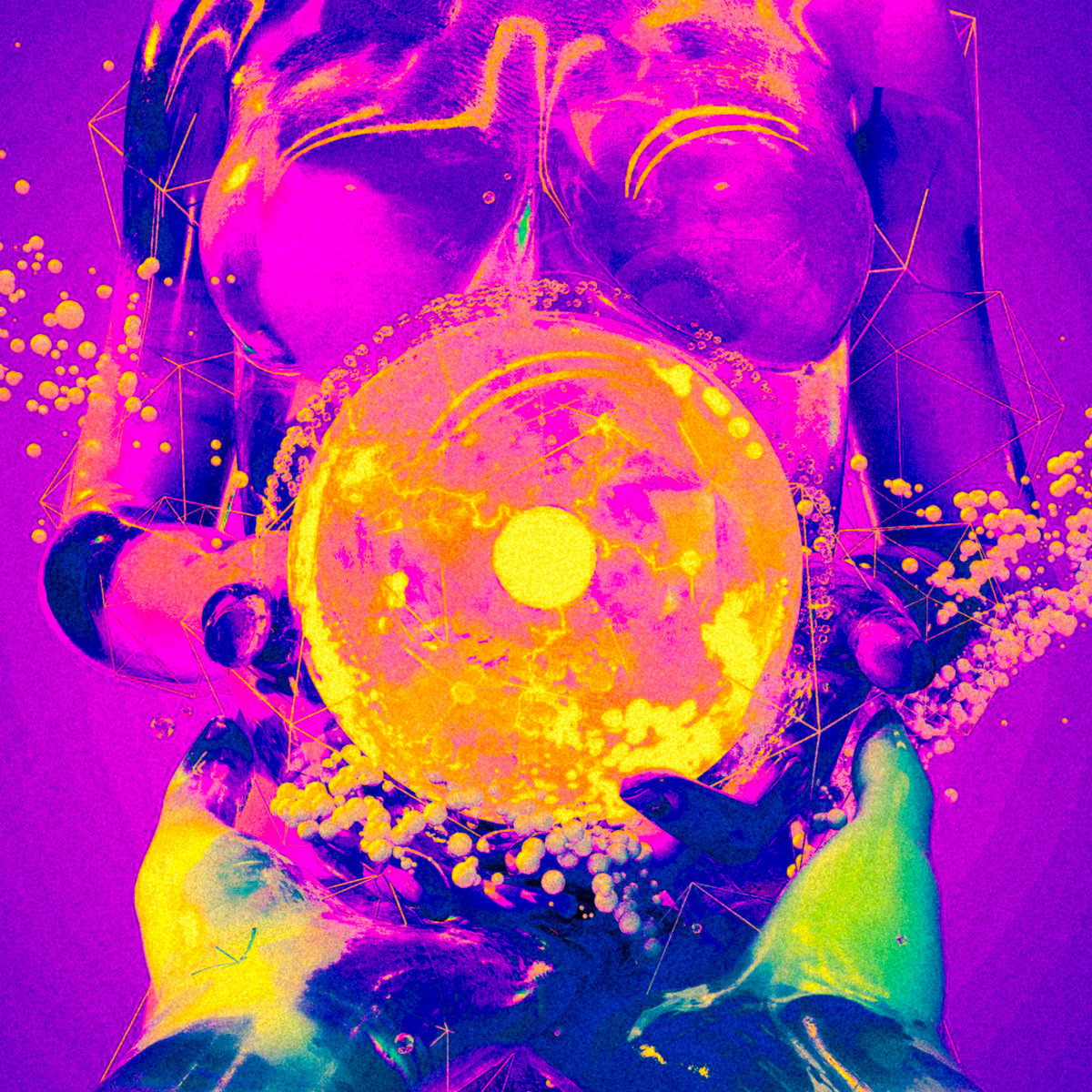
An interesting and well researched post but there are some important things that have been left out. As far as electronica goes E.B.M actually predated house and techno by a number of years and was an equally influential genre in its own right.
Emerging from Germany and Belgium in the early eighties, the term ''Electronic Body Music'' or E.B.M was first coined in 1978 by Ralf Hutter from Kraftwerk. Combing elements of industrial and synth pop, E.B.M was arguably the worlds first electronic dance music genre.
For some strange reason this fact is almost always overlooked in dance music history. The earliest pioneers of E.B.M including Front 242, Cabaret Voltaire, Skinny Puppy and later on Frontline Assembly are still recording and performing at festivals around the world.
Belgium label Alfa Matrix is responsible for releasing a host of new generation E.B.M artists as well as veteran artists. Another genre created as a result of E.B.M was Goa trance in the early nineties.
What people refer to as trance these days, actually had its origins in Goa India around 1990-91. Goa had been a seaside destination for travellers and hippies for years with all night beach parties featuring heavily in the culture. By the late 80's, DJ's were incorporating E.B.M into their sets along side their more traditional psych rock and dubby sounds.
Electronic producers who heard these sets started fusing all these elements into their tracks
when they got back to Europe, creating what would be known as Goa Trance. Tip Records was one of the first Goa record labels. Tip standing for ''The Infinity Project'' was also a musical project of Raja Ram (who would later go onto form Shpongle with Simon Posford) and Graham Wood.
Its interesting to note that Raja Ram was also a Goa veteran, having first ventured there in the late fifties, he had also been recording music for decades prior to the scene exploding in the early nineties so he was more than versed in helping to create Goa trance.
Before forming Shpongle with Raja Ram, Simon Posford recorded as Hallucinogen which was equally as influential as The Infinity Project. These two acts along with others such as Juno Reactor, Green Nuns of the Revolution and Eat Static were all responsible for the evolution of Goa through the early nineties.
Around 1997 Goa trance spawned a sub genre psychedelic trance or psy trance as it is more commonly known. Japanese Producer and head of Matsuri Productions, Psyoshi Suzuki put a note on his compilation that year "Goa Trance" R.I.P. While this statement did not kill off the genre, it did mark a new evolution in the story of trance.
The Matsuri release marked a rapid departure from the Goa sound with a more minimal electronic approach.
While Goa trance is not as popular now as it was in the nineties, it still lives on and a new generation of artists continue to create Goa trance based tracks.
One of the most interesting twists in the evolution of Goa trance and indeed E.B.M is the co dependency the two genres seem to share. Many modern E.B.M artists such as ''Asphyxia'' use the very same style of pentatonic scales and arpeggiations that Goa artists such as
''Man With No Name'' used in their tracks back in the Nineties.
Whether this is an intentional move by these newer E.B.M artists or not is really of no relevance. What this newer twist in the sound of E.B.M shows is that the two genres continue to feed off each other.
Its also interesting to note that the influence of Goa Trance can be seen in other ways as well. Psy trance based festivals such as Boom, Ozora, Doof and Rainbow Serpent all of which attract tens of thousands of revellers would would not exist with out the influence of Goa trance. And none of this would exist without the creation of E.B.M in the early eighties.
In summing up E.B.M deserves it's place along side house and techno as a member of the big three that helped created E.D.M.
Last edited by fractalign; 05-08-2014 at 05:09 PM.
|





 Hybrid Mode
Hybrid Mode